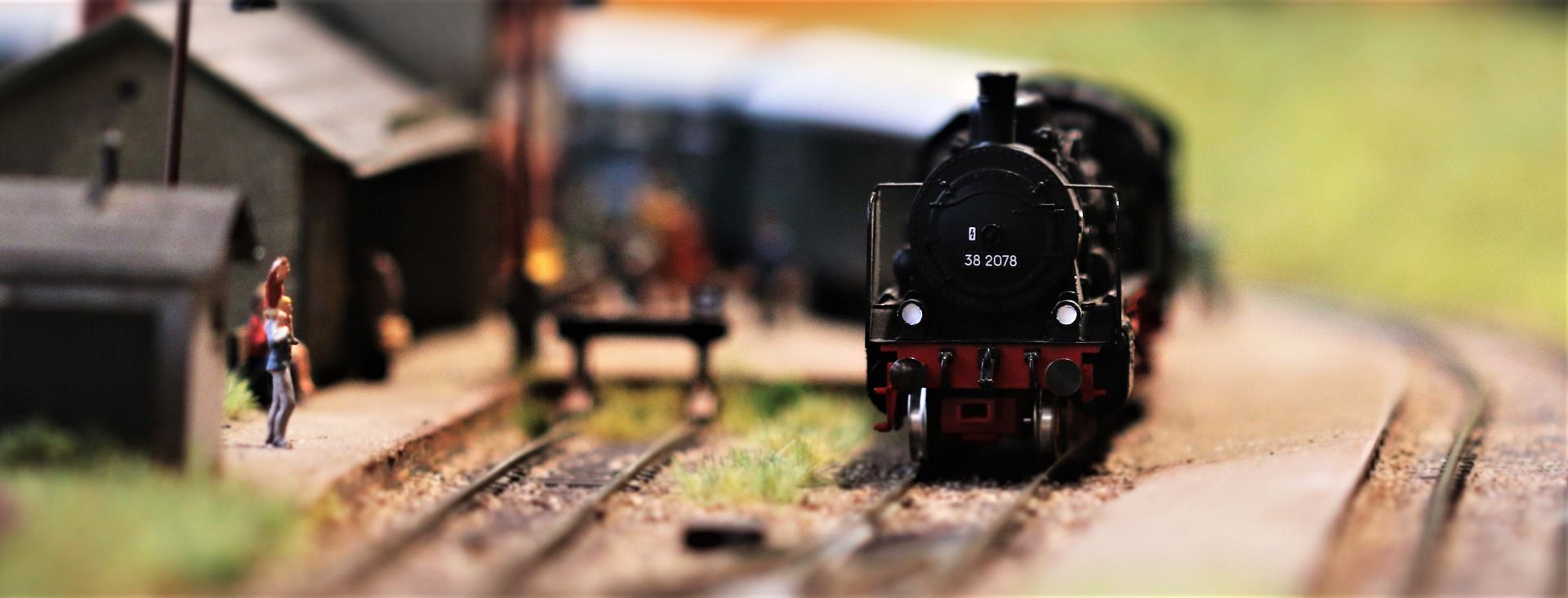How Many Feet In a Mile For N Scale?
Let's calculate how many feet and inches are in an N scale mile and determine whether this will allow us to accurately model a real world area.

If you're looking to accurately model a specific real world area in a model railroad layout, you'll likely be considering building in a smaller model train scale such as N gauge.
It's one of the most popular smaller scale options and allows hobbyists the opportunity to model more of a specific area in a smaller space.
But just how much space do you actually need?
In this article we'll take a look at how many feet are in a mile of N scale trains and whether this allows us to accurately model the area in the space available.
N scale miles
N gauge is the second smallest commercially available model train scale (after Z gauge).
It allows us to fit greater amounts of N scale track, landscaping, buildings and infrastructure into a much smaller area in comparison to larger model train scales (e.g. HO gauge or OO gauge).
This makes it an attractive scale for modellers looking to build a railroad layout in a smaller space.
However, before you make any decisions regarding the most suitable model train scale for you, it would be a good idea to calculate how many feet in a mile there are for N scale trains.
How many feet and inches do you need in order to model one mile of N gauge track or landscaping?
The results may surprise you...
How many feet and inches is an N scale mile?
In the real world one mile is equivalent to 5,280 feet.
This fact allows us to calculate how many feet and inches there are in a mile for N gauge railroads.
However, before we do that we need to consider one important point.
US and European N scale differs slightly from British N scale. We need to be careful to distinguish between the two variants when doing the calculations.
Let's take a look.
US & European N scale
Remember, we said earlier that there are 5,280 feet for a mile in the real world.
American and European N gauge has a scale ratio of 1:160.
So, if we divide 5,280 by 160 that gives us 33.
5280 / 160 = 33
Therefore, in US and European N scale you require 33 feet in order to model a real world mile.
British N scale
However, British N scale has a scale ratio of 1:148.
So, using the same calculation we need to divide by 148 instead.
5280 / 148 = 35.68
Therefore, in British N scale you'll need 35.68 feet to model a mile.

Conclusion
These results are really quite eye-opening.
N gauge is a popular choice for those wanting to model at a smaller scale, however it's surprising just how much space is required per real world mile.
You certainly need a greater area than most modellers anticipate.
Fortunately, using the scale ratio and a technique called compression we're able to model the real world in significantly less space than 33 - 36 feet!
Summary of N scale miles
We've calculated the number of feet and inches in N scale model trains. However, it's important to note the subtle difference between US, European and British variants.
- There are 33 feet in an N scale mile for US and European model railroads.
- There are 35.68 feet in an N scale mile for British model railways.
This gives us a good indication of the amount of space that an N gauge layout will take up in the real world.
However, we can reduce this by using the compression method to only model what's necessary to achieve a realistic outcome.
If you're unsure whether N gauge trains are right for you or would like some comparisons as to which train gauge is best for different use cases, we have a complete guide to model train scales where we cover this in great detail.

